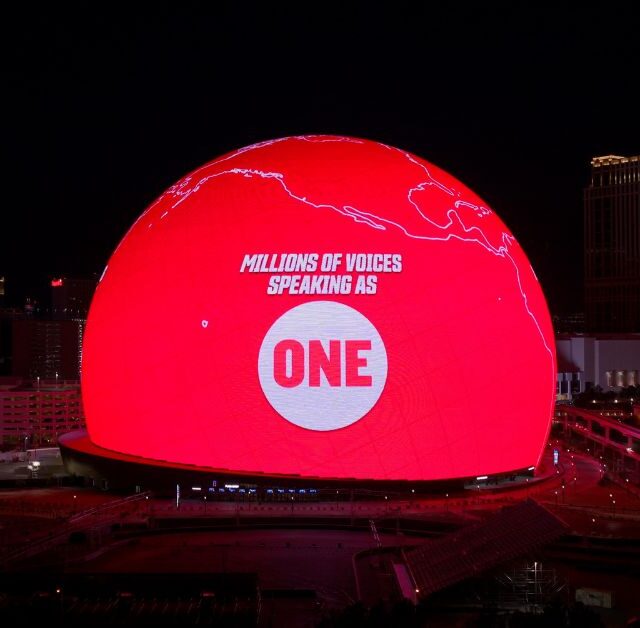Thirty years ago, HIV/AIDS swept the globe largely unchecked, and a diagnosis was seen as a death sentence. Two decades later, we’ve made amazing progress – AIDS-related deaths are down by half – but the good news makes the bad news worse.
The incredible progress the world has made against AIDS has created a sense of complacency that is threatening our ability to end AIDS within our lifetime.
You might not know it from watching the news or listening to lawmakers, but AIDS is still a crisis. Nearly 37 million people are living with HIV today, and more than 15 million of them still can’t get life-saving treatment. This is something we can change, but it will take leadership.
These stats show the true scale of the AIDS epidemic, and why world leaders must take action to make this a disease of the past.
Globally
- Around 37 million people live with HIV/AIDS. That’s the same as the entire population of Canada.
- Around 35 million people have died from HIV/AIDS since the start of the epidemic. That’s the same as the entire population of Morocco.
- Nearly 1 million people died from AIDS-related illnesses in 2017. That’s more than 2,500 people dying from AIDS-related causes every day.
- AIDS is the number one killer of women.
- Nearly 1,000 young women are infected with HIV every day. That’s 40 women every hour.
- Only 52% of children living with HIV/AIDS are receiving treatment. Last year, 180,000 children were infected with HIV during birth or breastfeeding — the first time that new pediatric infections have not fallen since they peaked in 2002.
Sub-Saharan Africa
- Sub-Saharan Africa accounted for nearly 65% of new infections globally. 1.2 million people were infected with HIV in the region in 2017.
- Sub-Saharan Africa accounted for over 70% of deaths globally. Over 650,000 people died in the region in 2017.
- 282,000 young women (age 15-24) were infected with HIV in 2017 – that’s over 750 a day.
- Young women in sub-Saharan Africa are twice as likely to be infected with HIV than young men.
The good news
- Globally, more than 21 million people were receiving lifesaving treatment at the end of 2017, up from 11 million in 2012. That’s a 91% increase.
- In sub-Saharan Africa, 14.6 million people were receiving lifesaving treatment at the end of 2017, up from 7.7 million in 2012. That’s a 90% increase.
- Globally, 1.8 million people became infected with HIV in 2017 – down from 2 million in 2013. That’s a 10% decrease.
- In the last 15 years, the cost of antiretroviral treatment for one person has dropped from US$10,000 a year to US$75 a year — an all-time low.
France will host a Global Fund Replenishment Conference in October 2019 – meetings that aim to raise new funds and mobilize partners. It will provide a great opportunity for governments, businesses, and health organizations to recommit to the fight to end AIDS, tuberculosis and malaria. It must be a turning point, anything less will be an indictment of our global leadership.
We know what to do, we know how to do it, and we know if we don’t move faster than the virus, then it will win. AIDS isn’t done. And neither are we.



